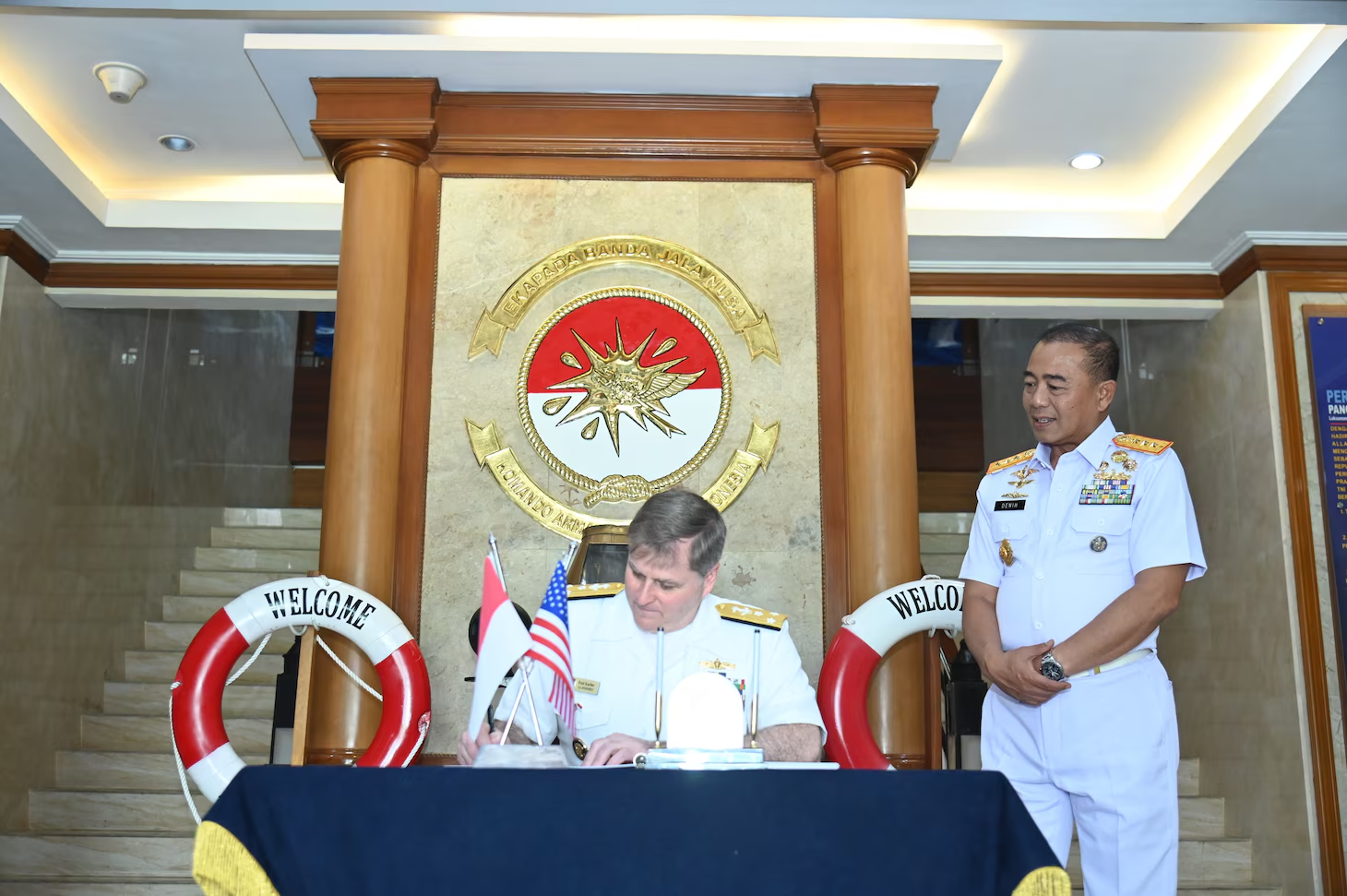General Romeo Brawner Jnr said his side was demanding payment for two inflatable boats damaged by Chinese forces in the encounter on June 17 when the Filipino navy was delivering supplies to troops stationed at a military outpost in the waterway.
“We demanded the Chinese to pay us P60 million (US$1.02 million) for the damage and for the return of our firearms. That is on top of the injury that was caused on one navy sailor who lost his thumb … China has yet to respond,” Brawner told reporters on Monday.
He added that doctors had managed to reattach the severed thumb of Seaman First Class Underwater Operator Jeffrey Facundo.
Beijing has been accused of employing aggressive tactics against Philippine ships in the South China Sea, such as firing water cannons and using high-intensity lasers, in a bid to assert its territorial claims in the contested waters.
The economic giant claims most of the South China Sea, rejecting rival claims from other countries, including the Philippines, and a 2016 international ruling that its assertion over the waterway has no legal basis.
This marks a significant escalation in China’s aggressive maritime tactics. The Philippine vessels involved, the BRP Datu Romapenet and BRP Datu Matanam Taradapit, were on a humanitarian mission to deliver supplies to local fishermen. The following day, a Chinese helicopter further escalated tensions by closely following the BRP Datu Romapenet during its resupply efforts near Bombay Shoal, highlighting the increasing hostility in the region.
These incidents are part of a broader trend of coercive actions by China against Philippine vessels. In late August, approximately forty Chinese ships from the People’s Liberation Army Navy (PLAN), the China Coast Guard (CCG), and the China Maritime Militia (CMM) blocked a Philippine ship attempting to deliver humanitarian supplies at Sabina Shoal. This blockade culminated in a CCG vessel ramming the Philippine ship, which resulted in damage and failure to deliver aid, marking the first known instance of PLAN’s involvement in direct aggression towards Philippine government vessels.
The escalating maritime tensions are largely attributed to China’s expansive territorial claims in the South China Sea, demarcated by its self-declared “10-dash line.” This area encompasses significant fishing grounds and potential oil reserves, making control over these waters crucial for China. The PLAN’s transformation from a “green water” coastal force to a “blue water” navy capable of operating beyond regional boundaries further amplifies concerns among neighboring states.
China employs a multi-faceted approach to assert its dominance in the region, utilizing various forces including the “Spratly Backbone Fleet,” CMM, CCG, and PLAN. These entities engage in “gray zone” tactics that blur the lines between civilian and military operations, facilitating China’s ambitions while avoiding direct military confrontation. For instance, large fishing vessels are often employed to enforce China’s claims, acting as a de facto maritime militia.





